When it comes to heart health, we’ve come a long way from merely popping pills and crossing fingers. Enter Enhanced External Counter Pulsation (EECP)—an innovative, non-invasive therapy that’s turning heads in the medical world. For those unfamiliar, think of EECP as a gentle, rhythmic “hug” for your legs, timed perfectly with your heartbeats, to improve blood flow, relieve symptoms, and supercharge your heart’s performance. It’s approved by the FDA and has been widely lauded for treating conditions like Heart Failure with Reduced Ejection Fraction (HFrEF) and Coronary Artery Disease (CAD).

But today, let’s spotlight something even more intriguing: Pulsed EECP Therapy. Picture this as the cherry on top for patients who’ve already completed the standard 35-hour EECP regimen but find their heart’s functionality (specifically, the Global Longitudinal Peak Strain [GLS]) slipping back into a sluggish mode. Pulsed EECP offers a precise, tailored reboot to keep your ticker ticking like a Swiss watch. Let’s break it all down, shall we?

A Crash Course in EECP Basics
Before diving into the pulsed version, let’s revisit the standard EECP regimen. The classic protocol involves:
- 35 sessions, 1 hour a day, five days a week.
- Large cuffs wrapped around your legs inflate and deflate in sync with your heartbeat.
- This “external counterpulsation” boosts blood flow to your heart, reduces its workload, and even nudges your blood vessels to grow new pathways (a process called vasogenesis).
The result? Improved heart performance, reduced angina symptoms, improved shortness of breath, lessened leg swelling and a better quality of life.

Now, while this regimen works wonders, life isn’t always smooth sailing. For some patients, heart strain (especially the left ventricle’s GLS) starts to creep back a few months post-EECP and medical treatment. This is where Pulsed EECP (PECP) steps in as a knight in shining armor.
What’s Pulsed EECP (PECP) and Why Is It a Game-Changer?
Think of Pulsed EECP as your heart’s periodic spa day. Instead of another exhausting 35-hour marathon, you get short, strategically timed booster sessions as determined by your healthcare provider (HCP). These sessions focus on diastolic augmentation—fancy talk for improving coronary blood flow during the heart’s relaxation phase.
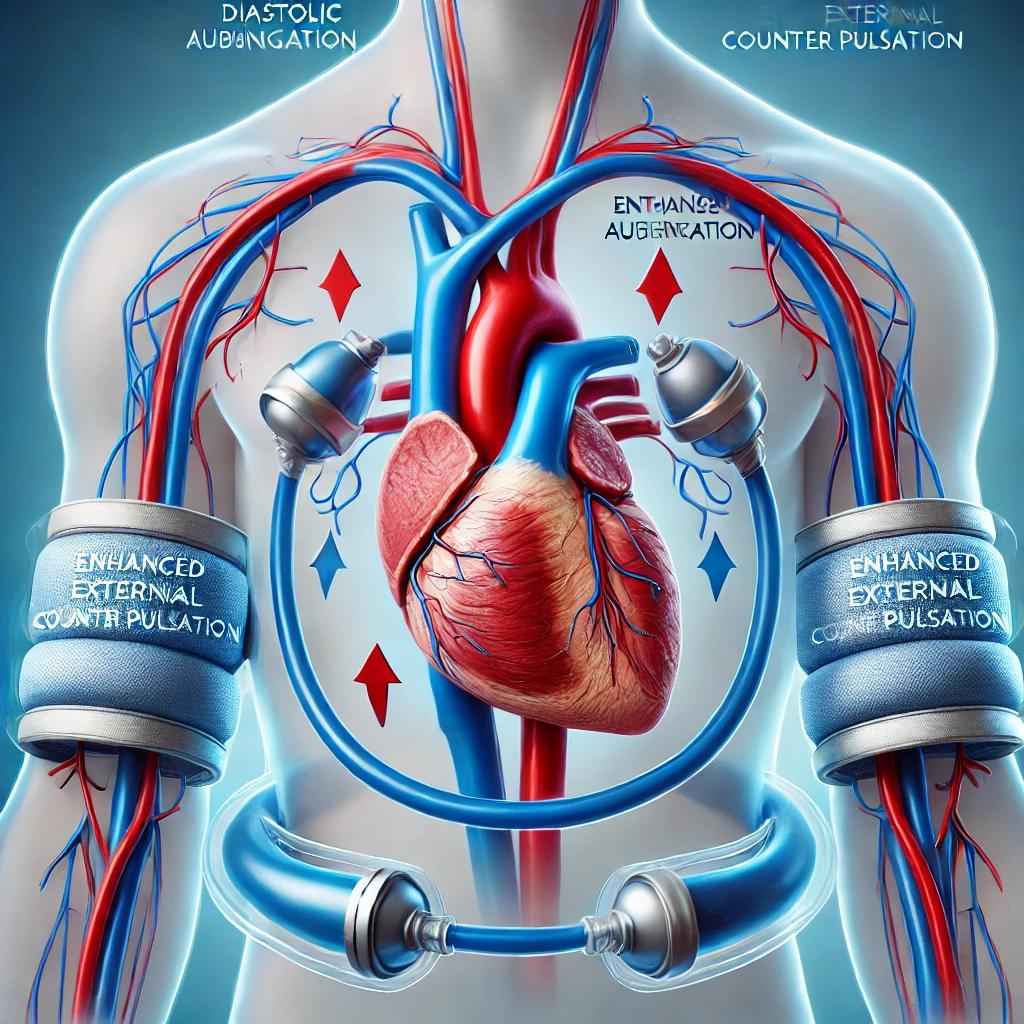
Here’s the kicker: Pulsed EECP isn’t a one-size-fits-all affair. It’s tailored, targeted, and flexible. Depending on your needs, you could have as few as 1 to 14 sessions over a shorter timeframe.
Why Pulsed EECP Works: The Two-Pronged Magic
EECP works on two levels:
- Immediate Effects:
- By enhancing coronary blood flow during diastole, Pulsed EECP provides an instant boost to oxygen delivery and heart function.
- It reduces strain on the heart, relieving symptoms like breathlessness and fatigue.
- Long-Term Effects:
- With a full 35-hour course, EECP stimulates the growth of tiny blood vessels, ensuring better oxygen delivery to heart muscles in the long run.
- Pulsed therapy helps maintain these benefits, much like tuning a finely crafted piano to keep it in harmony.

Real-Life Example: Meet Mr. Rao
Imagine Mr. Rao, a 65-year-old retiree with a history of Heart Failure with Reduced Ejection Fraction (HFrEF). After completing his 35-hour EECP, he was back to his favorite gardening and even dancing at family weddings. But a year later, he noticed old symptoms creeping back: shortness of breath and reduced stamina. His GLS score (a measure of heart muscle strain) started regressing.
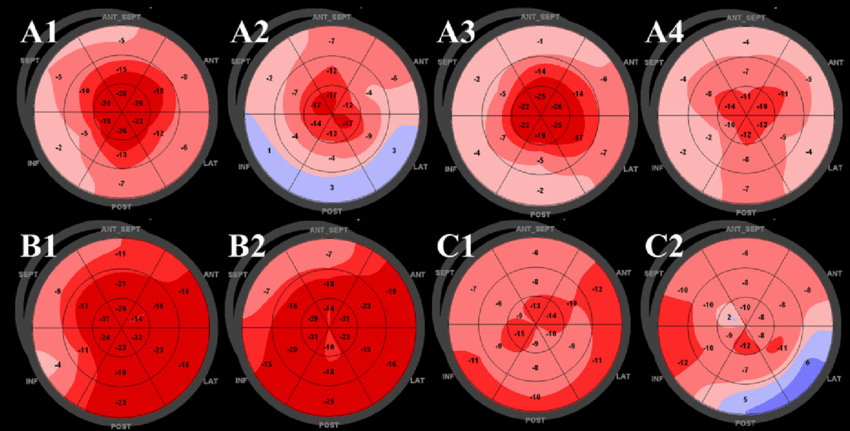
Instead of a full EECP re-run, his doctor prescribed Pulsed EECP: 10 sessions, spread across a month. The results? Within weeks, Mr. Rao was back to his vibrant self. His GLS improved, his energy returned, and the smile on his face said it all.
Pulsed EECP vs. Standard 35-Hour Course
| Feature | Standard EECP (35 Hours) | Pulsed EECP |
|---|---|---|
| Duration | 35 sessions (1 hour/day) | Flexible (1-14 sessions) |
| Primary Goal | Immediate + long-term benefits | Targeted at immediate GLS improvement |
| Best For | Naive (New) patients | Post-EECP treatment boosters |
| Mechanism Focus | Vasogenesis + diastolic support | Diastolic augmentation |
| Patient Burden (Cost) | Moderate | Low |
The Science Behind Pulsed EECP
Studies worldwide echo what clinics like Masters Cardio Diabetic Care in Chennai have discovered. Shorter, focused EECP sessions can effectively:
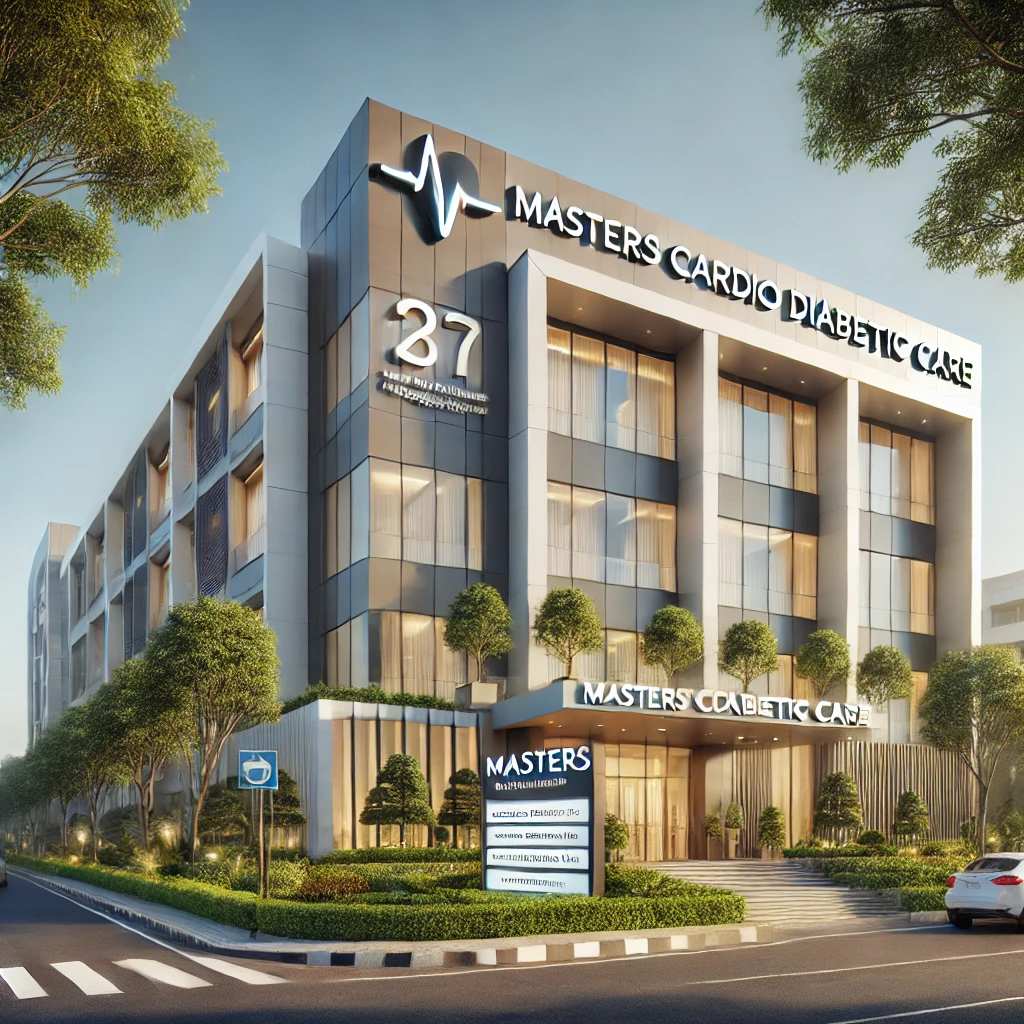
- Restore GLS: GLS measures how well the left ventricle contracts. It’s a sensitive metric, often improving significantly with Pulsed EECP.
- Reduce NT-proBNP Levels: This biomarker, linked to heart stress, drops after therapy, signaling reduced strain.
- Enhance Diastolic Function: Patients report better stamina and fewer symptoms like fatigue or chest discomfort.
Why Global Longitudinal Strain (GLS) Matters
For the non-doctors in the room, GLS is like your heart’s fitness tracker. It measures how well the left ventricle contracts, offering a more detailed picture than traditional metrics like ejection fraction (EF). A worsening GLS score is an early red flag that your heart needs help.
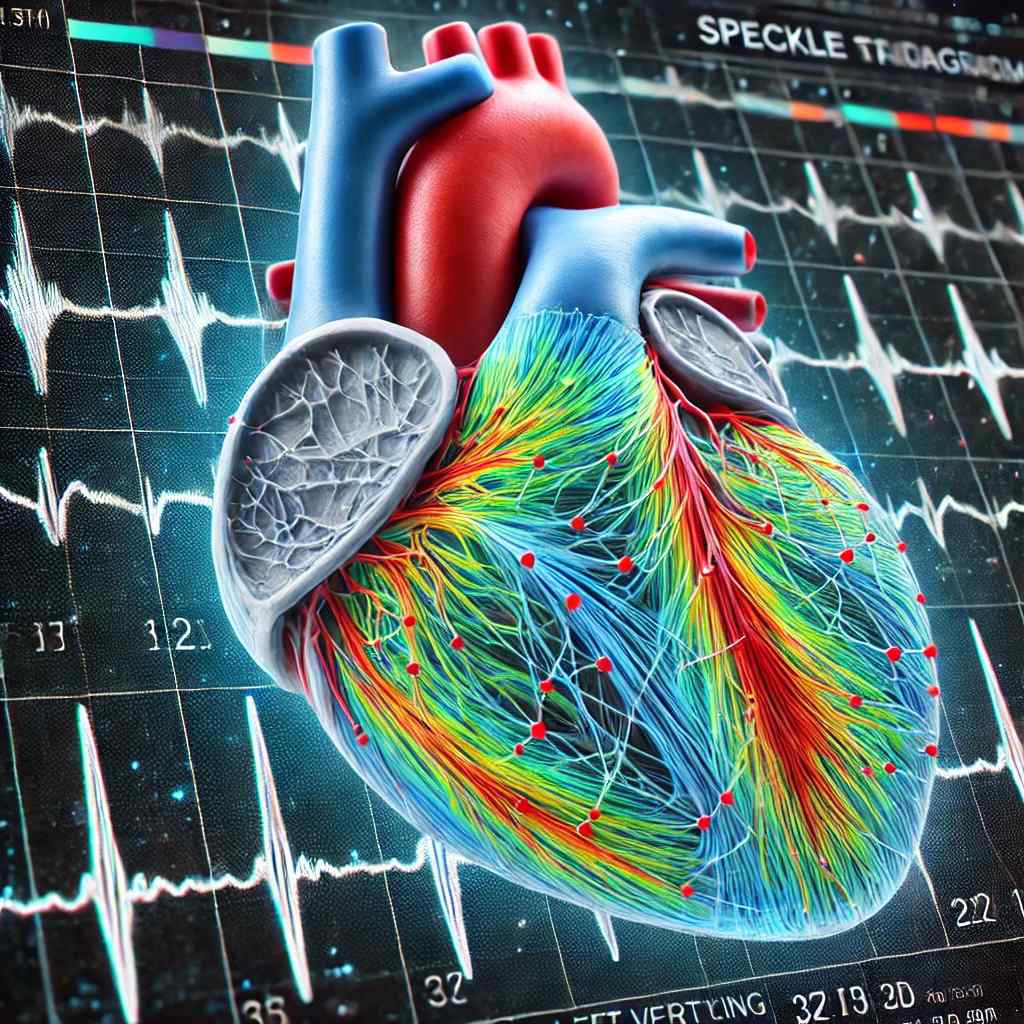
And the best part? GLS is measurable using an echocardiogram Speckle Tracking, a simple, cost-effective tool that avoids the radiation hazards of CT scans or the expense of MRIs.
Studies That Back It Up
- Gill et al. (2015): Patients undergoing fewer than 20 EECP sessions still showed marked symptom relief and better GLS.
- Zhou et al. (2014): Monthly booster sessions sustained GLS and quality-of-life improvements in heart failure patients.
- Your Local Heroes: At Masters Cardio Diabetic Care, Chennai, patients with HFrEF reported improved GLS and reduced NT-proBNP levels after Pulsed EECP. These findings align with global trends, emphasizing EECP’s role in immediate diastolic improvement.
Pulsed EECP in Simple Words
Imagine your heart as a tired car engine. The 35-hour EECP regimen is like a full-service tune-up, getting everything back in top shape. But after a few months, that engine may start sputtering again. Pulsed EECP acts like a quick oil change, giving your heart the boost it needs without the full overhaul.
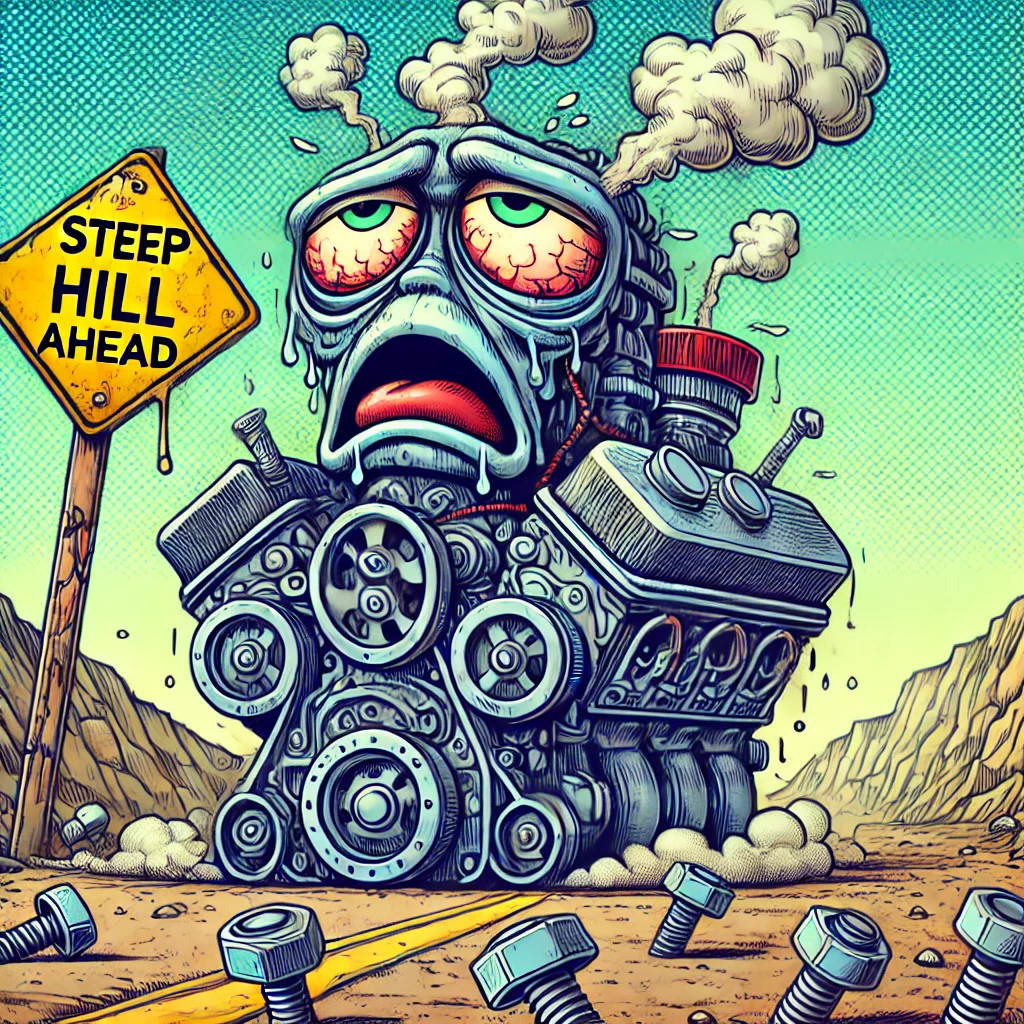
What Patients Say
- Mrs. Lata: “I dreaded the idea of repeating 35 sessions all over again! Pulsed EECP gave me the same results in just 7 days!”
- Mr. Khan: “After Pulsed EECP, I could climb stairs without gasping for air. It’s like my heart got a second wind.”
Frequently Asked Questions
- Does Pulsed EECP replace the 35-hour course? Nope! It’s a complementary follow-up for patients who’ve already completed the full 35-hour regimen.
- How often do I need Pulsed EECP? It depends on your heart’s performance and your HCP’s recommendation. Many patients benefit from monthly, quarterly or bi-annual boosters.
- Is it safe? Absolutely. EECP is USFDA-approved, non-invasive, and has a proven track record.
Final Thoughts
Pulsed EECP is more than a therapy; it’s a lifeline for patients navigating the ups and downs of heart failure. Whether you’re a garden enthusiast like Mr. Rao or just want to enjoy life without breathlessness or other tiring symptomatology, Pulsed EECP offers a tailored, effective way to keep your heart happy and healthy. And in the hands of experienced providers like the team at Masters Cardio Diabetic Care, Chennai, it’s a step closer to reclaiming your vitality.

So, the next time your heart needs a pick-me-up, remember: Pulsed EECP isn’t just treatment—it’s a testament to how far heart care has come. After all, a happy heart means a happy you!